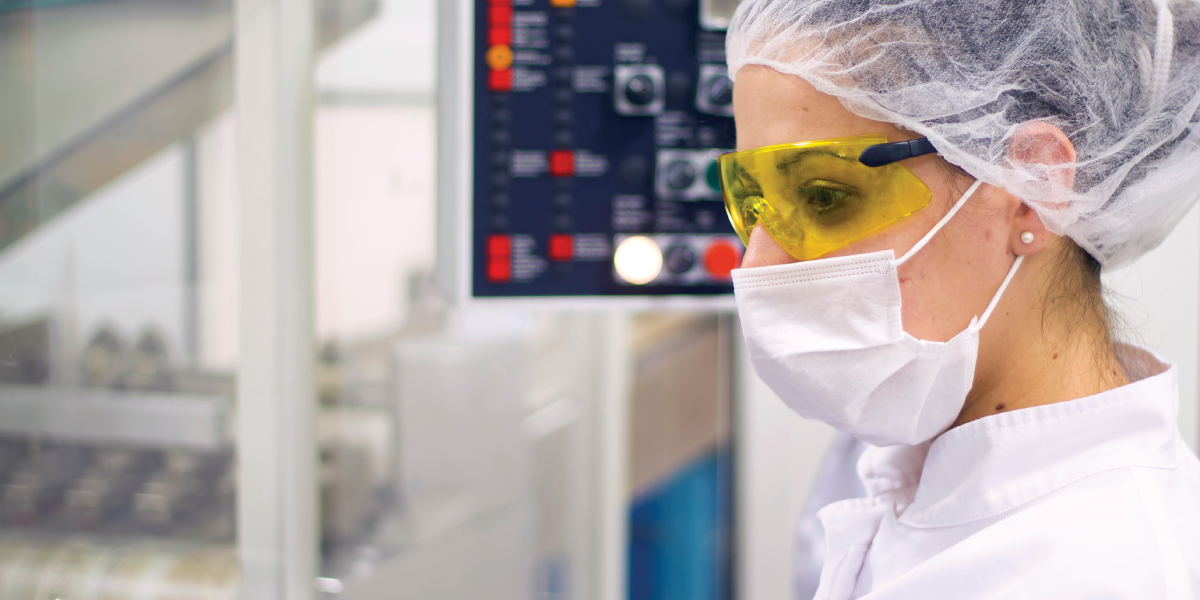A 510(k) is a premarket submission made to the Food and Drug Administration (FDA) by medical device manufacturers to demonstrate that their device is safe and effective for its intended use. The process is required for devices that are not exempt from premarket notification requirements [1]. This article outlines the steps involved in obtaining a 510(k) clearance.
The first step in obtaining a 510(k) clearance is to determine the device’s classification. The FDA classifies medical devices into three categories, depending on their potential risk to patients: Class I, Class II, and Class III. Class I devices are considered low risk, while Class III devices are high risk. The classification determines the regulatory requirements that the device must meet.
The second step is to identify one or more predicate devices that the new device is substantially equivalent to. A predicate device is a legally marketed device that is the same or similar to the new device in terms of its intended use, technological characteristics, and performance. The FDA requires that the new device be as safe and effective as the predicate device [2].
The third step is to prepare and submit the 510(k) to the FDA. The submission should include a cover letter, the 510(k) summary or statement, and any supporting documents, such as clinical studies, test reports, and labeling. The submission should also include a comparison of the new device with the predicate device(s) to demonstrate substantial equivalence.
After the FDA receives the 510(k) submission, it may request additional information or clarification. It is essential to respond promptly to these requests to avoid delays in the clearance process. Once the FDA has all the necessary information, it will review the 510(k) submission and issue a clearance letter if the device is found to be substantially equivalent to the predicate device(s). The FDA may also request additional testing or impose other conditions on the clearance.
Obtaining a 510(k) clearance can be a lengthy and complex process. It is crucial to carefully identify the device classification and predicate device(s), prepare a comprehensive submission, and respond promptly to FDA requests. Following these steps can help medical device manufacturers successfully obtain a 510(k) clearance and bring their products to market. At EMMA International, we have the team to help your product through all stages of 510(k) clearance. Contact us at 248-987-4497 or email us at info@emmainternational.com to learn more.
[1] FDA. (2021, August 31). 510(k) clearances. U.S. Food and Drug Administration. https://www.fda.gov/medical-devices/device-approvals-denials-and-clearances/510k-clearances
[2] FDA. (2022, October 4). How to prepare a traditional 510(k). U.S. Food and Drug Administration. https://www.fda.gov/medical-devices/premarket-notification-510k/how-prepare-traditional-510k






